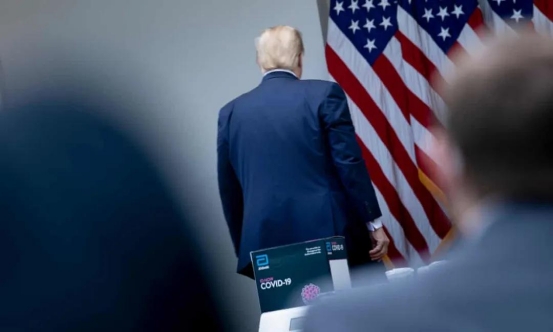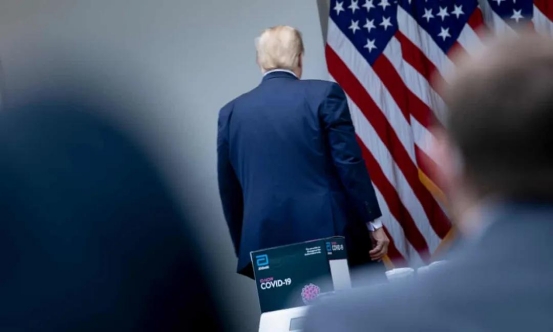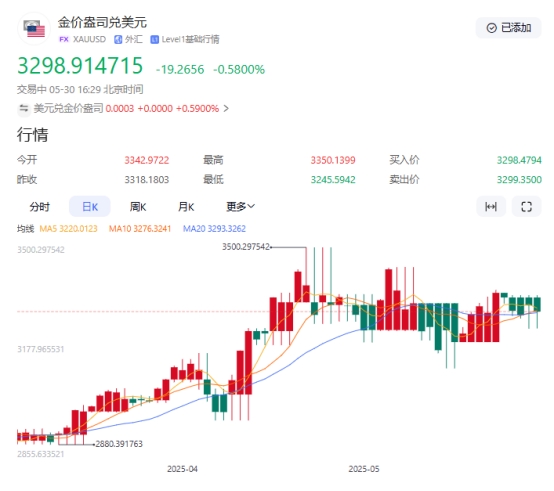Trump plans to launch a 15% global tariff, and the trade market may be turbulent again
- 2025年6月4日
- Posted by: Macro Global Markets
- Category: News


On May 29, local time, after the Federal Circuit Court of Appeals temporarily restored the tariff policy, the Trump administration urgently launched "Plan B" - a plan to impose a 15% unified tariff on global imported goods within 150 days, covering core categories such as automobiles, electronics, and machinery. This policy bypasses congressional authorization on the grounds of "national security" by invoking Section 232 of the Trade Expansion Act of 1962 and directly imposes a comprehensive tax increase on imported goods.
According to the White House statement, the plan will be implemented in stages: the first stage (June 1-September 30) will impose a 25% tariff on steel and aluminum products; the second stage (October 1-December 31) will expand the tariff rate to key areas such as automobiles and parts, transistors, and ultimately achieve a 15% unified tariff. This move is intended to respond to the International Trade Court's ruling on the International Emergency Economic Powers Act (IEEPA) and avoid repeating the mistake of the suspension of the "reciprocal tariff" on April 2.
It is worth noting that the Trump administration specifically emphasized in its statement that if trading partners fail to reach a "reciprocal tariff agreement" within 60 days, an additional 10% punitive tariff will be imposed. This "carrot and stick" strategy has triggered a strong backlash from major trading partners such as the European Union and Japan. A spokesman for the European Commission said that it will immediately initiate the WTO dispute settlement procedure and consider imposing retaliatory tariffs on US agricultural products, aircraft, etc.
2. Weak economic data coupled with policy uncertainty highlight the safe-haven nature of gold
The revised data released by the U.S. Department of Commerce on May 29 showed that GDP in the first quarter of 2025 shrank by 0.2% month-on-month, a sharp decline from the previous value of 2.4%, with net exports and government spending becoming the main drag. At the same time, data from the Department of Labor showed that the number of initial unemployment claims surged by 14,000 to 240,000 in the week ending May 24, far exceeding expectations, and corporate profits recorded the largest drop in four years.
The weak economy and uncertainty in tariff policies have formed a "resonance", and the market's concerns about the risk of "stagflation" have intensified. The minutes of the Federal Reserve's May meeting showed that the decision-making level was facing a split, and staff warned of rising recession risks, but inflationary pressures have not been eliminated. CME interest rate futures show that the market is betting on the probability of the Federal Reserve cutting interest rates in September as high as 84.4%, and the cumulative rate cut in 2025 may reach 50 basis points. As a zero-interest asset, gold's holding cost advantage is prominent under the expectation of interest rate cuts, attracting investors to buy on dips.
3. Geopolitical and judicial games exacerbate market volatility
In addition to economic factors, judicial games over tariff policies and changes in geopolitical situations have further amplified the safe-haven demand for gold. On May 28, the U.S. International Trade Court ruled that the Trump administration's tariffs under IEEPA were unconstitutional, but on the 29th, the Federal Circuit Court of Appeals suspended the ruling and allowed the tariff policy to be temporarily restored. This "tug-of-war" in the judicial system has led to repeated market expectations, and the price of gold has fluctuated violently in the range of $3,245-3,330.

IV. Risk Warning
Policy risks: Judicial games over tariff policies and changes in geopolitical situations may trigger sharp market fluctuations. Data risks: If PCE data deviates from expectations, it may lead to a rapid adjustment in the Fed's policy expectations. Technology risks: Gold has seen a large short-term increase, so we need to be wary of the pullback pressure caused by profit-taking.
Investors need to focus on the guidance of the PCE data on May 30 on market sentiment, and closely follow the judicial progress of tariff policies and changes in geopolitical situations. In terms of technology, gold can rely on the support of $3,300/ounce to arrange long orders in the short term, but positions must be strictly controlled to prevent market fluctuations before and after the data is released.
